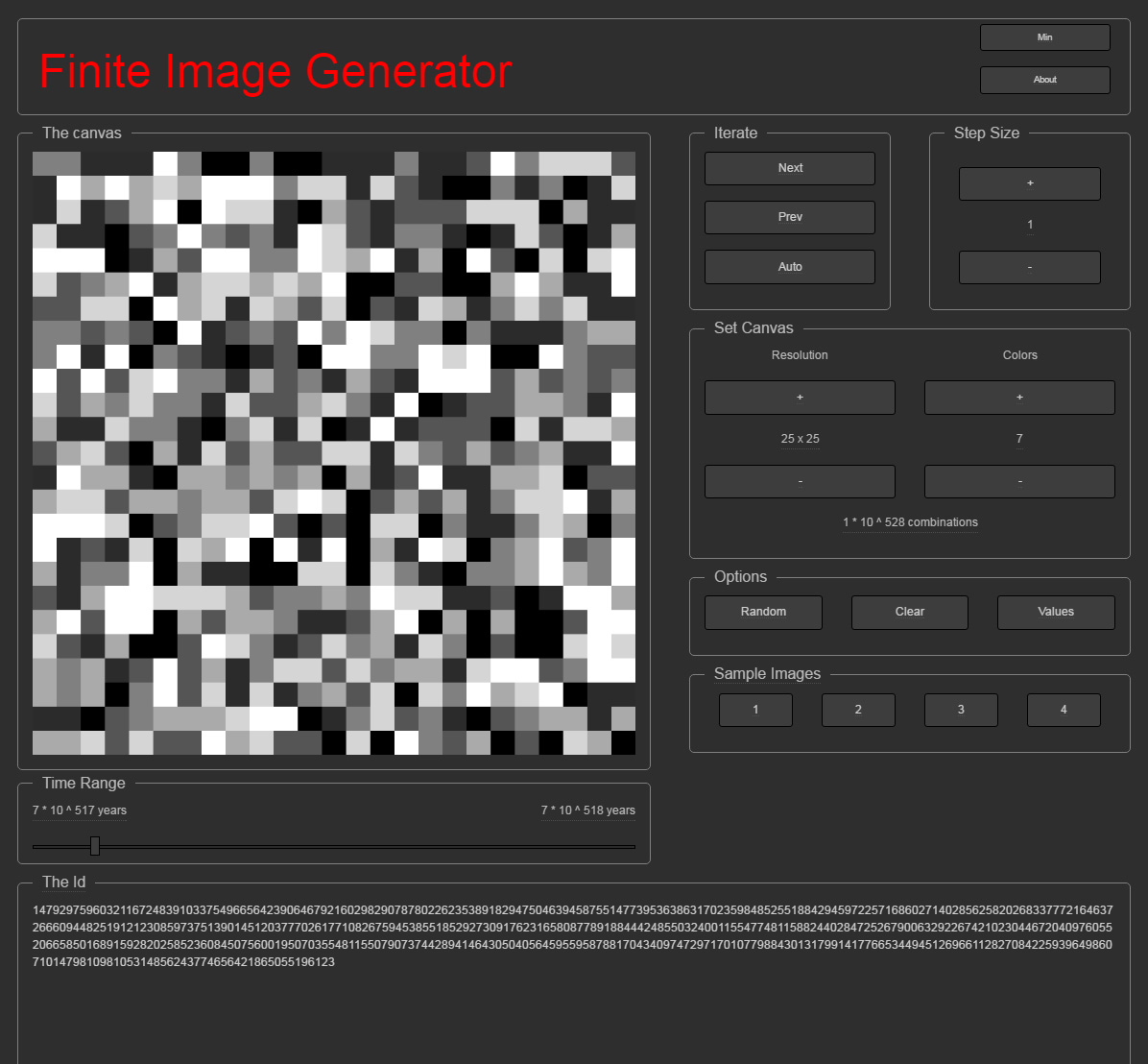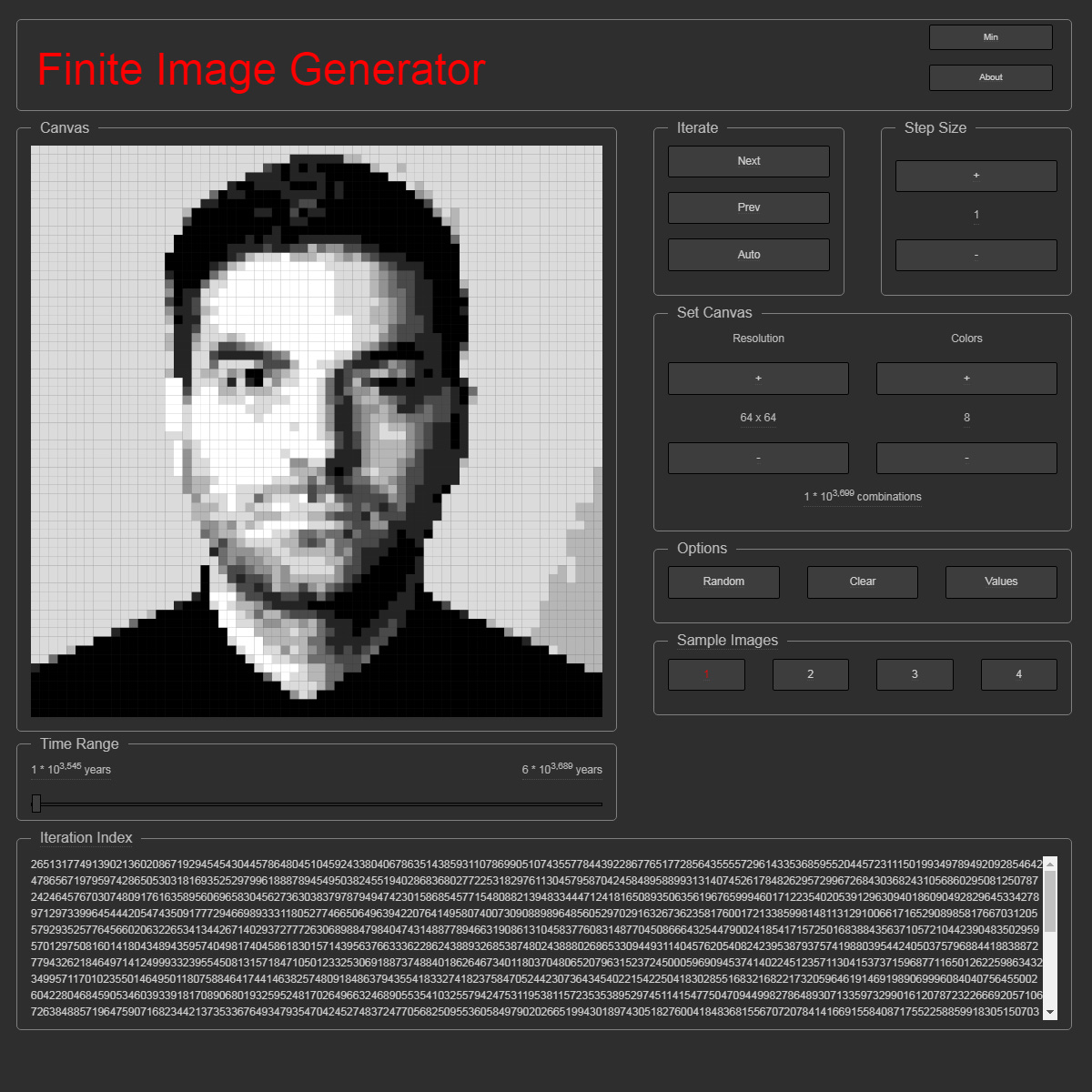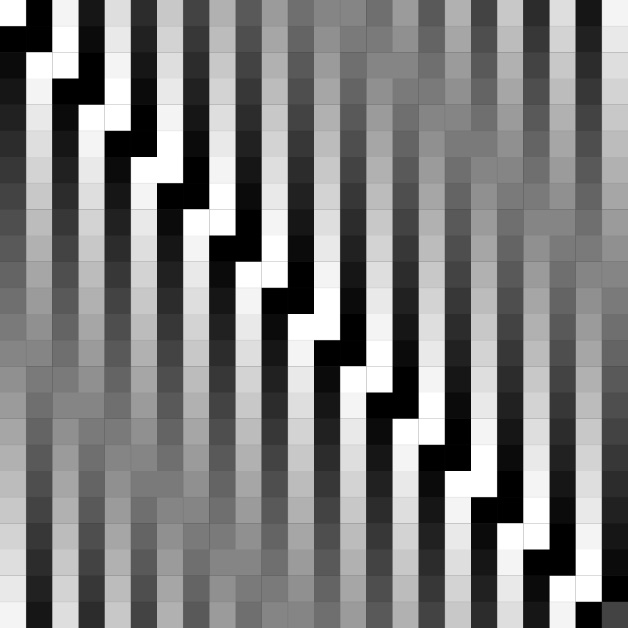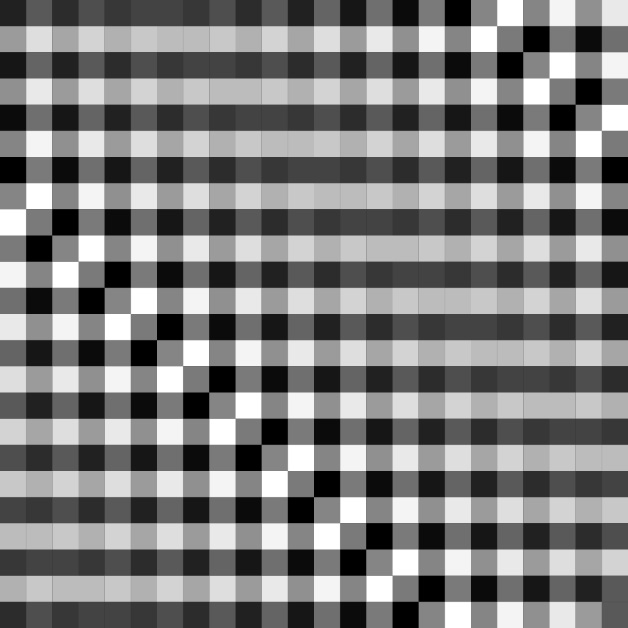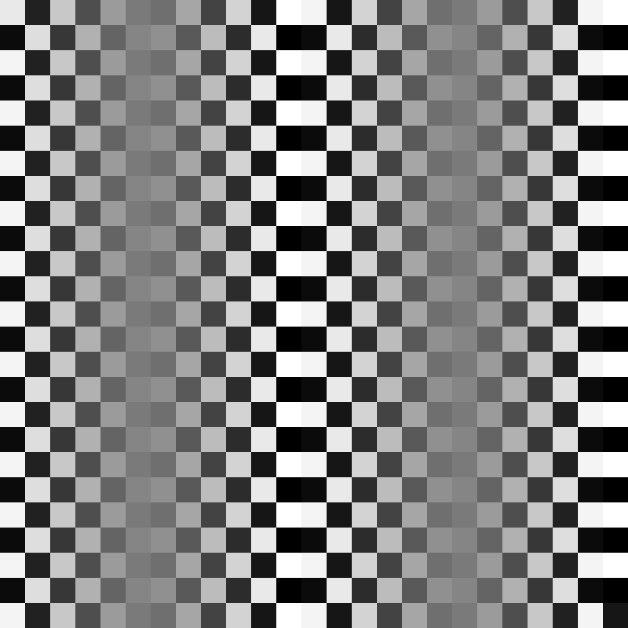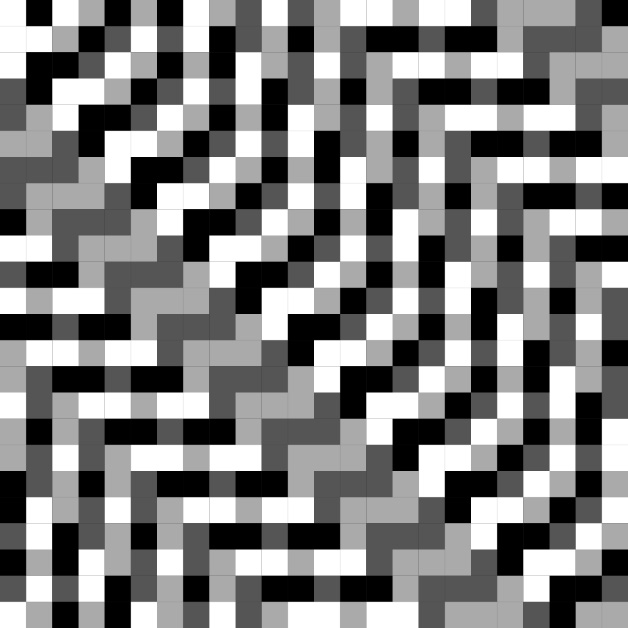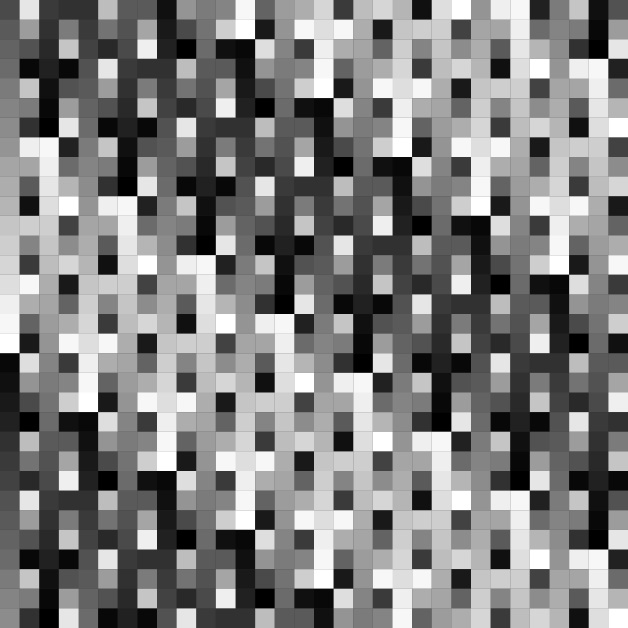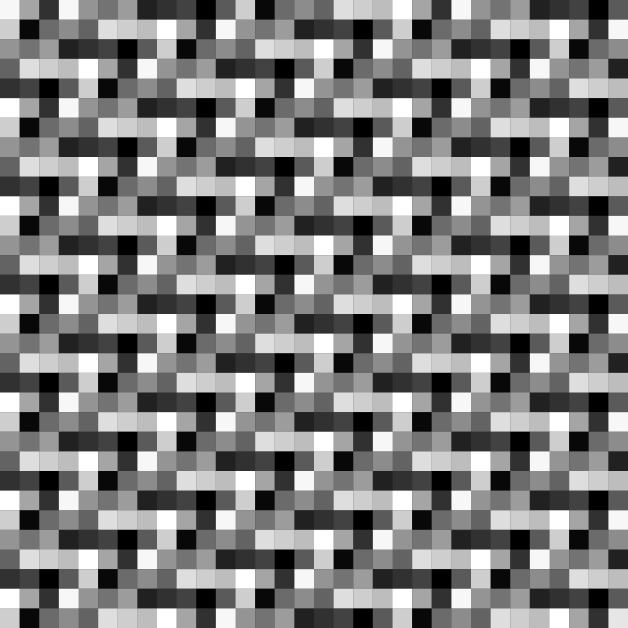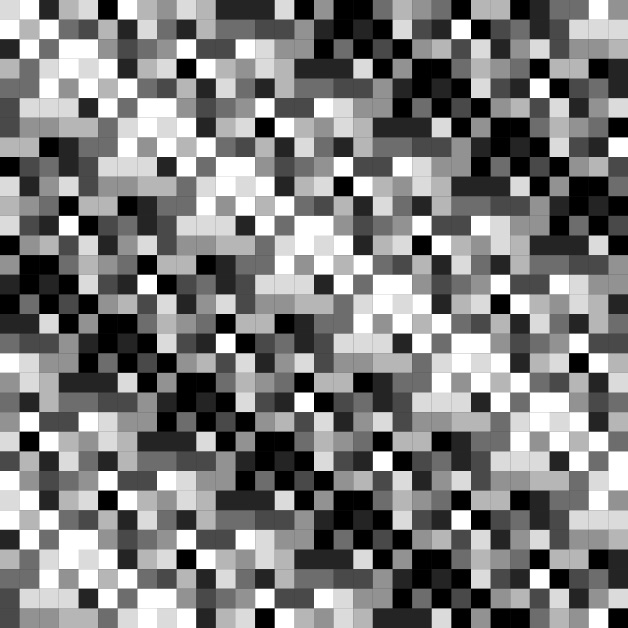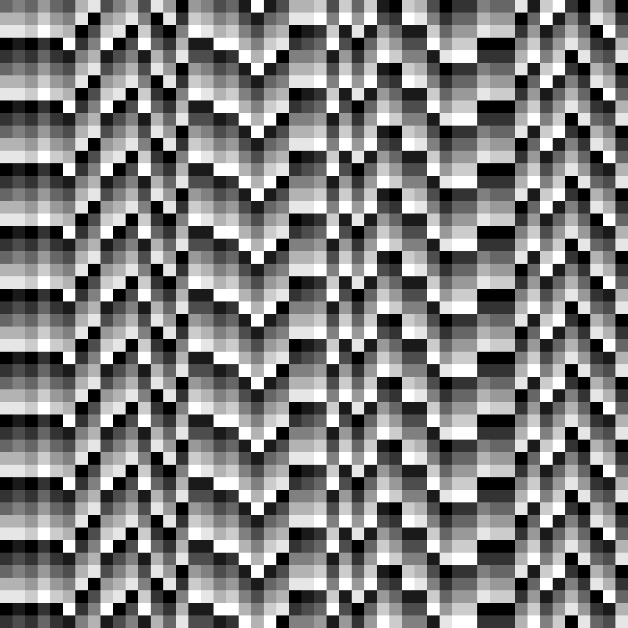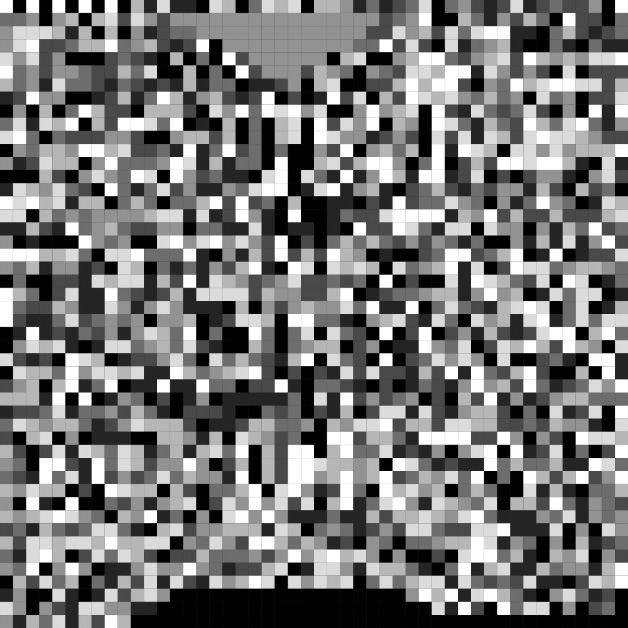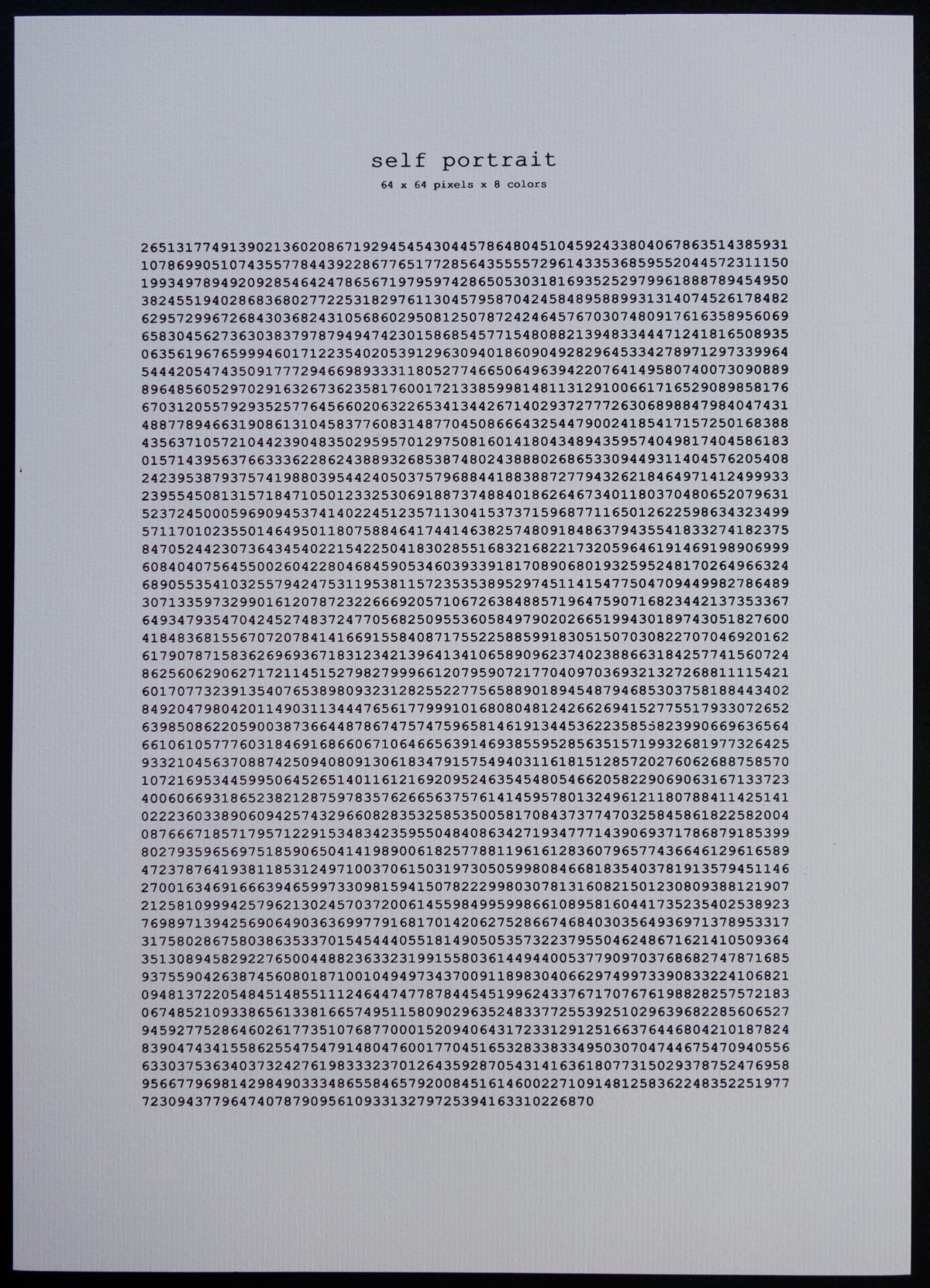


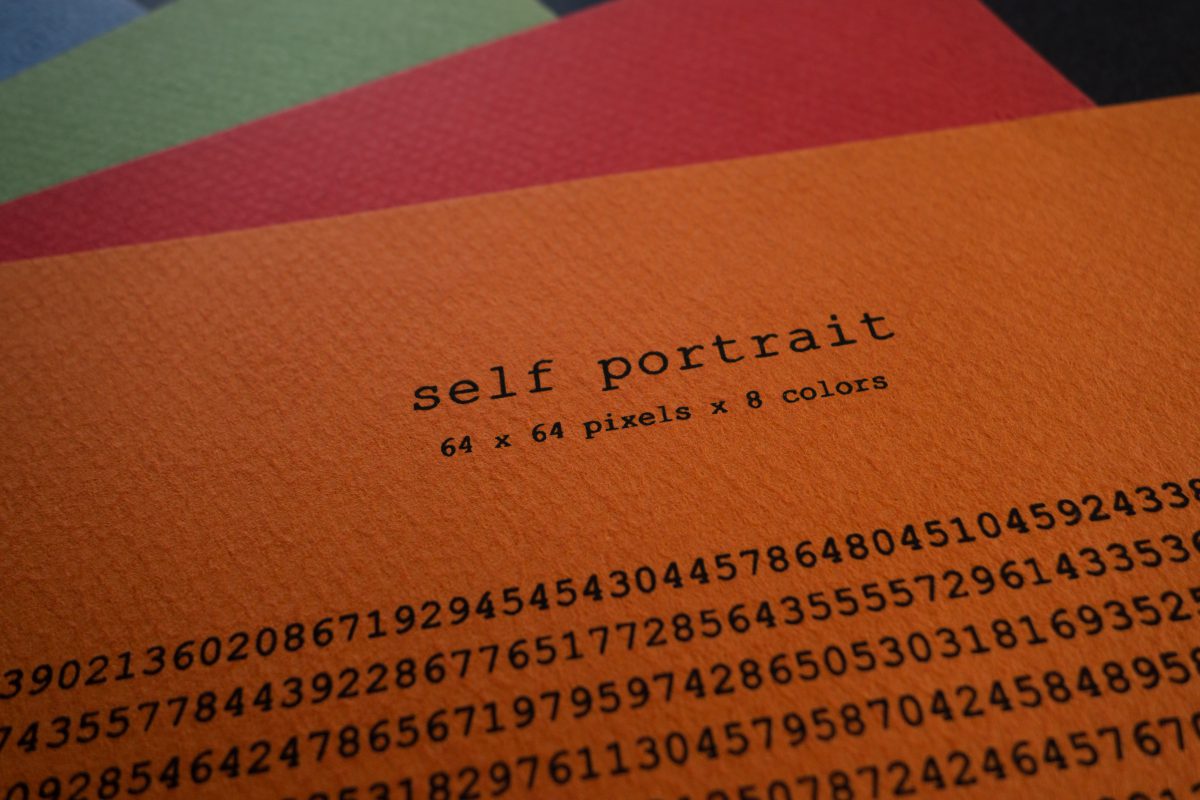
A fundamental artifact of any digital imaging device is that it samples an infinite reality and encodes it within a finite data-set. A digital image is stored as a series of color values, one value per pixel for monochromatic images and three for colored ones. Inevitably, the clarity of the image is limited by the size of its data. The experimental software FIG exploits the finite nature of this data-set and attempts to iterate through all the possible color combinations a digital canvas can hold. Since any image can be digitized, we can also assume that any and every digital representation can be found in one of these possible color combinations. Similar to the Infinite Monkey Theorem, FIG guarantees that with enough time it will eventually generate every possible image.
Of course this application doesn’t have a practical application, but only servers as a tool to visually explore the vast space of all these possible configurations. As the image gets bigger, the possibilities increase at an exponential rate (Color combinations = colorDepth ^ pixels). For reference, even when iterating 60 images per second, it would require a little less than 10 billion years (or almost the age of the known universe) to go through all the possible images of an 8×8 pixels image with just 2 colors.
This smiley icon  is iteration number 18429783006733130751 and in auto mode it would take ~9.74 billion years to be seen.
is iteration number 18429783006733130751 and in auto mode it would take ~9.74 billion years to be seen.
The silkscreen prints are the index of my self portrait.
For the interactive application visit fig.ch3.gr
FIG on github.
